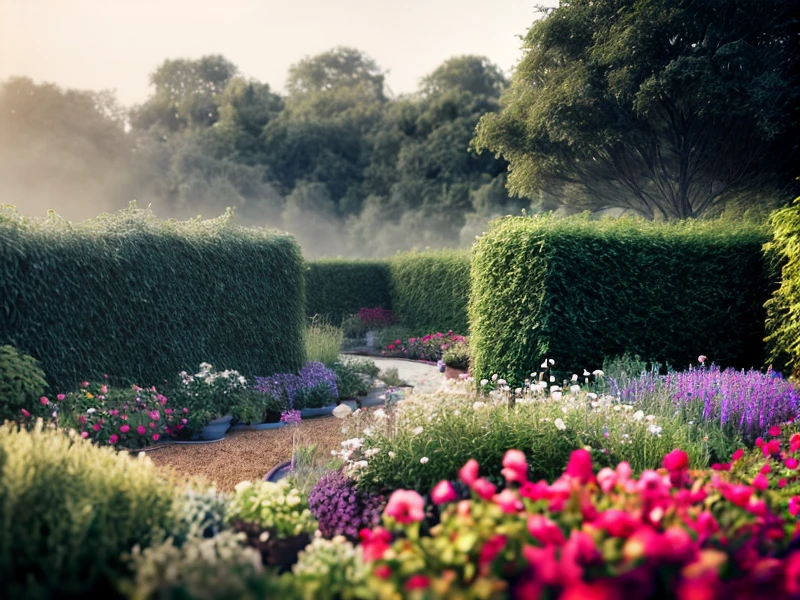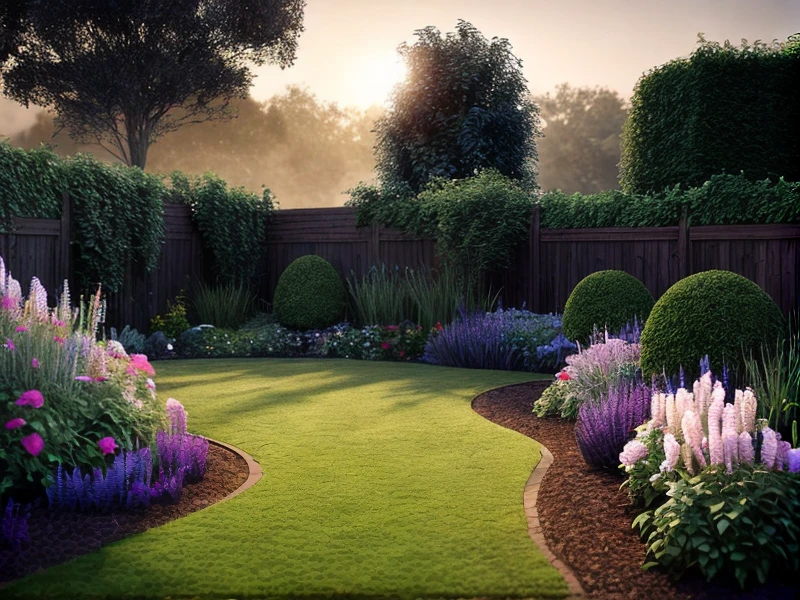No-Dig Gardening: The Lazy Gardener's Guide
In the world of gardening, there is a method that appeals to the lazy gardener in all of us - no-dig gardening. This innovative technique eliminates the need for backbreaking digging and tilling, resulting in a low-maintenance and highly productive garden. Whether you have limited time, physical limitations, or simply prefer a more relaxed approach to gardening, this guide will introduce you to the concept of no-dig gardening and provide valuable tips and tricks to help you create a thriving garden with minimal effort.
What is No-Dig Gardening?
No-dig gardening, also known as the no-till or lasagna gardening, is a method that involves building up layers of organic materials on top of the soil, rather than disturbing and loosening the soil through traditional digging. The philosophy behind no-dig gardening is to mimic the natural composition and structure of a healthy soil ecosystem, promoting nutrient cycling and soil health. By creating layers of organic matter, such as compost, straw, and leaves, you can nurture a rich and fertile environment that supports plant growth.

Benefits of No-Dig Gardening
No-dig gardening offers numerous benefits that make it an attractive option for both experienced and novice gardeners. Firstly, by avoiding the need for deep soil excavation, this method saves time and physical effort. It also protects the delicate structure of the soil, preventing soil erosion and compaction. Additionally, the layering of organic matter provides a continuous source of nutrients to plants, reducing the need for synthetic fertilizers. No-dig gardening is also known for minimizing weed growth, as the layers create a physical barrier that inhibits weed seed germination. Overall, this method encourages a sustainable and environmentally friendly approach to gardening.

Getting Started with No-Dig Gardening
To begin your no-dig garden, select a suitable location that receives ample sunlight and has good drainage. Clear any existing vegetation or weeds from the area, and mark out the desired size and shape of your garden bed. The next step is to lay down a thick layer of cardboard or newspaper over the entire area. This acts as a barrier, smothering any existing weeds and preventing them from growing through your garden bed. Wet the cardboard or newspaper thoroughly to keep it in place.
Once the base layer is in place, it's time to start building up the layers of organic matter. Begin by adding a layer of compost, around 4 to 6 inches thick, evenly spread over the cardboard or newspaper. This provides essential nutrients for your plants. Next, add a layer of straw or hay to act as a mulch, helping to retain moisture and suppress weed growth.
Continue alternating layers of compost and straw/hay until the bed reaches a height of at least 12 inches. You can also incorporate other organic materials like leaves, grass clippings, or kitchen scraps to enhance the nutrient content of the layers. As the layers break down over time, they will create a nutrient-rich soil environment that is perfect for planting and growing a wide variety of vegetables, flowers, and herbs.
No-dig gardening offers a unique and rewarding approach to gardening, providing a multitude of benefits such as reduced labor, improved soil health, and increased productivity. By adopting this method, you can create a low-maintenance yet thriving garden that brings joy and satisfaction without the backbreaking work. Whether you have a small balcony or a sprawling backyard, give no-dig gardening a try and experience the beauty of nature unfolding effortlessly before your eyes.






Leave a Comment